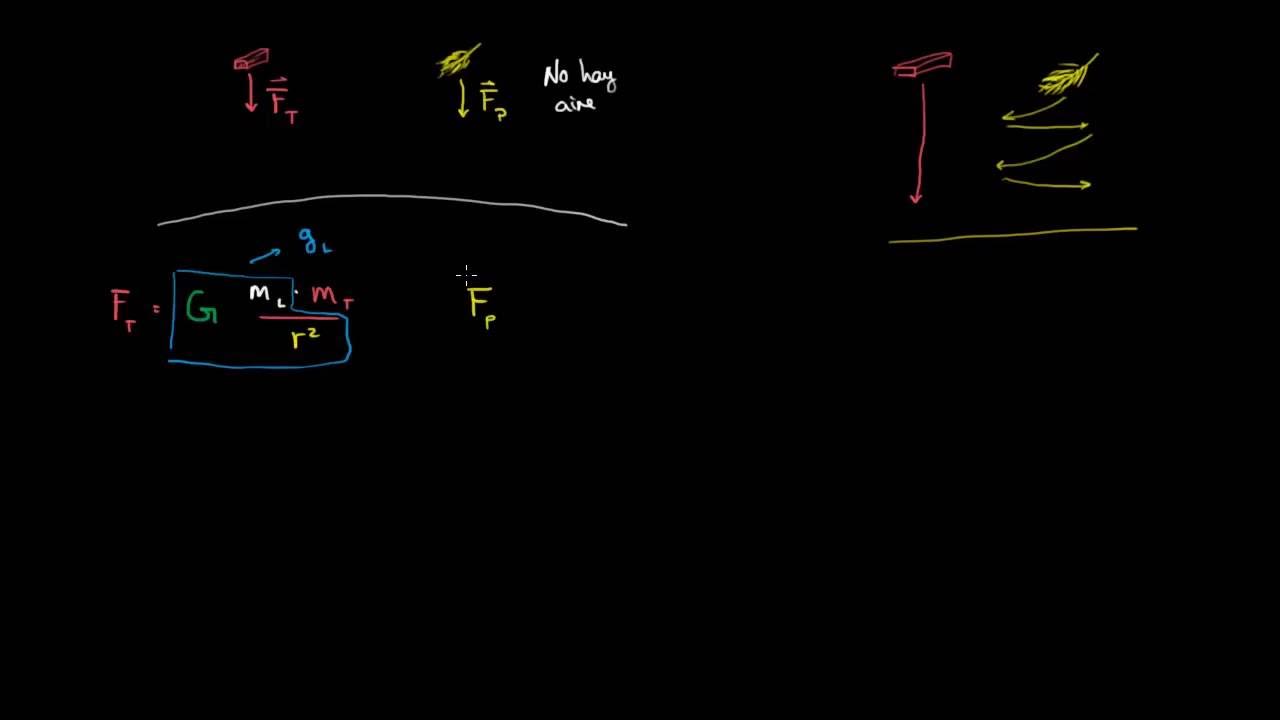Hammer vs Feather - Physics on the Moon
Summary
TLDRIn this historic video transcript, astronaut Jim demonstrates Galileo's theory of gravity on the moon by dropping a feather and a hammer simultaneously. Despite their different masses, both objects hit the ground at the same time, proving Galileo's findings in a unique lunar environment. The experiment is met with applause, highlighting the significance of this scientific confirmation.
Takeaways
- 🌕 The script is from a lunar mission, likely Apollo 15, where the astronaut is discussing experiments with solar wind and a petrometer drum.
- 🎥 The astronaut has not yet placed the solar wind experiment but intends to do so shortly.
- 👏 There is an applause, indicating a positive or excited response from the audience.
- 📸 The astronaut mentions wanting a good picture, suggesting the importance of visual documentation.
- 🪶 In the astronaut's left hand is a feather, and in the right hand is a hammer, which will be used for a demonstration.
- 🔬 The feather and hammer are used to demonstrate Galileo's findings on gravity and falling objects.
- 🌌 The demonstration is a tribute to Galileo and his work on gravity, showing the universality of his laws.
- 📉 The astronaut drops both the feather and the hammer to show that they fall at the same rate in the moon's gravity.
- 🏆 The result of the demonstration confirms Galileo's theories, even in the moon's weaker gravitational field.
- 👏 Another round of applause follows the successful demonstration, showing appreciation for the experiment.
Q & A
What is the significance of the solar wind and the petrometer drum mentioned in the transcript?
-The solar wind and the petrometer drum are scientific instruments that were copied for the Apollo mission. The solar wind experiment was designed to measure the solar wind's interaction with the lunar environment, while the petrometer drum was likely a device used for measuring seismic activity on the moon.
What is the purpose of the applause in the transcript?
-The applause is likely a reaction to the successful deployment or mention of the scientific equipment, indicating a moment of celebration or acknowledgment of a significant event during the Apollo mission.
What does 'ETB not quite yet' refer to in the transcript?
-This phrase suggests that the equipment referred to as 'ETB' (possibly Early Apollo Scientific Experiment Package) has not been fully deployed or activated at the time of the transcript.
Why is the solar wind not yet in place during the transcript?
-The speaker indicates they have not yet placed the solar wind equipment because they want to ensure they have a good visual or picture of the setup before proceeding.
Who is Galileo mentioned in the transcript, and what is his significance?
-Galileo Galilei was an Italian astronomer, physicist, and engineer who made significant discoveries about the motion of objects in gravity fields. His work on falling objects is foundational to the understanding of gravity.
What experiment is being referenced with the feather and hammer?
-The experiment being referenced is Galileo's famous thought experiment about objects of different masses falling at the same rate in a vacuum, demonstrating that all objects fall at the same rate in the absence of air resistance.
Why is a feather used in the experiment described in the transcript?
-A feather is used to demonstrate that in the vacuum of space, where there is no air resistance, it will fall at the same rate as a heavier object like a hammer, confirming Galileo's findings.
What is the significance of the feather being a 'falcon feather'?
-The feather being a 'falcon feather' is a nod to the Apollo mission's spacecraft name, which was 'Falcon'. It adds a symbolic connection to the mission.
What is the expected outcome of dropping the feather and the hammer simultaneously?
-The expected outcome is that both the feather and the hammer will hit the ground at the same time, proving Galileo's theory that in the absence of air resistance, all objects fall at the same rate regardless of their mass.
What does the phrase 'proves that Mr. Galileo was correct' imply?
-It implies that the experiment conducted on the moon will validate Galileo's theory of gravity and the behavior of falling objects, which was previously only theorized and tested on Earth.
What is the importance of confirming Galileo's findings on the moon?
-Confirming Galileo's findings on the moon is important as it demonstrates the universality of physical laws, specifically the law of gravity, and provides empirical evidence that these laws apply even in the vacuum of space.
Outlines

Cette section est réservée aux utilisateurs payants. Améliorez votre compte pour accéder à cette section.
Améliorer maintenantMindmap

Cette section est réservée aux utilisateurs payants. Améliorez votre compte pour accéder à cette section.
Améliorer maintenantKeywords

Cette section est réservée aux utilisateurs payants. Améliorez votre compte pour accéder à cette section.
Améliorer maintenantHighlights

Cette section est réservée aux utilisateurs payants. Améliorez votre compte pour accéder à cette section.
Améliorer maintenantTranscripts

Cette section est réservée aux utilisateurs payants. Améliorez votre compte pour accéder à cette section.
Améliorer maintenantVoir Plus de Vidéos Connexes
5.0 / 5 (0 votes)






